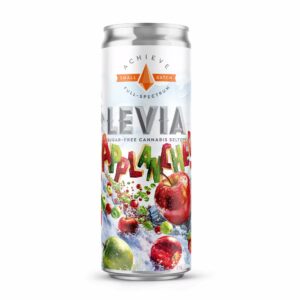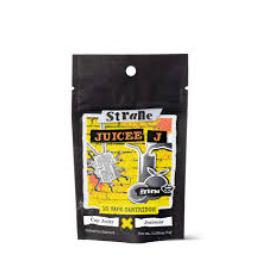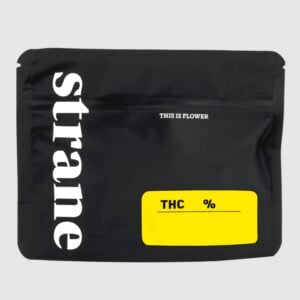Cannabis Connoisseur
Cannabis Connoisseur | Concentrates
Cannabis Connoisseur | Concentrates
Another important set of terms used to describe concentrates are full spectrum, broad spectrum and isolate. While there are no standards to regulate the use of these terms, manufacturers use them generally to indicate the following characteristics.
Full-Spectrum: Contains the full spectrum of oils that were present in the originally extracted cannabis plant. In a perfect world, this would include cannabinoids, terpenes, flavonoids and carotenoids in the same ratios as the source plant. The resultant interactions with the body are referred to as the Entourage Effect, which suggests that the cocktail of these compounds results in a more therapeutic and enjoyable experience than the use of the compounds separately.
Broad Spectrum: Contains a nearly full spectrum of the original plant and is often used in the context of CBD oil which has had enough THC removed to chemically fall beneath the 0.03% THC limit required to meet the definition of hemp.
Isolate: Isolate refers to a single compound, usually THC or CBD, that has been stripped of all other compounds in the plant.
Concentrates come in a variety of forms depending on consistency and chemical profile. Oils are the most common and user friendly extracts available. Oils are most often used in vaporization devices which are discreet and combustion-free alternatives to smoking.
Pure Vape Promise: All Seed vape manufacturers must adhere to strict state testing standards and Seed’s own commitment to sourcing vape products that contain only pure cannabis oil and terpenes with no additives.
CANNABIS CONNOISSEUR PRODUCTS
-

Super Moon Shine Cured Sauce | 3.5g | Crispy Commission
Crispy Commission ConcentratesTHC 63.7%$75.00 + Add -

Mixed Super Cherry Cured Sauce | 3.5g | Crispy Commission
Crispy Commission ConcentratesTHC 53.46%$75.00 + Add -

Sour Cake Cured Sauce | 3.5g | Crispy Commission
Crispy Commission ConcentratesTHC 49.9%$75.00 + Add -

Frozen Diesel Cured Sauce | 3.5g | Crispy Commission
Crispy Commission ConcentratesTHC 65.37%$75.00 + Add -

Purple Mercury Full Melt Hash | 1g | Bountiful Farms
Bountiful FarmsTHC 69.34%$65.00 + Add -
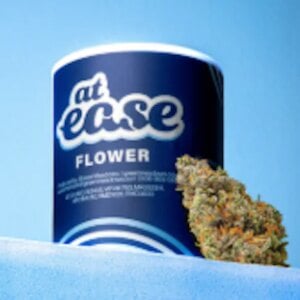
British Bake Off Flower | 3.5g | At Ease
AT EASEIndica THC 26.4%$30.00 + Add -
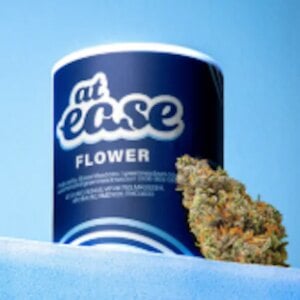
Artificial Red Flower | 3.5g | At Ease
AT EASETHC 25.93%$30.00 + Add -
Seed & BF Hash Rosin Vapes | 2 for $50

Peking Duck + P-Nutz Live Hash Roisin Cart | .5g | SEED
SeedTHC 73.16%$30.00 + Add

